The Dawn of a New Era in BVLOS Drone Operations
Imagine a world where drones zip across the sky, inspecting bridges, delivering packages, and even aiding in emergency services—all without a human pilot in sight. Sounds like something out of a sci-fi novel, right? Well, this vision is one step closer to reality, thanks to the Department of Transportation (DoT) and the Federal Aviation Administration (FAA). On March 13, an announcement that could change the game for unmanned and autonomous systems (UAS) was made. The DoT’s Office of the Inspector General (OIG) has decided to take a closer look at how the FAA is handling the integration of drones, especially those that operate beyond visual line of sight (BVLOS), into the National Airspace System, reports AVWeb.
Expanding Horizons: The Push for BVLOS Drone Flights
With over 369,000 commercial drones already buzzing around and projections suggesting nearly a million by 2027, it’s clear that the drone era is here. The shift towards embracing BVLOS operations isn’t just about keeping up with technology; it’s about leading it. The U.S. aims to retain its spot at the forefront of aeronautics innovation, and drones are a significant part of that vision.

But why the big deal about BVLOS? Well, it opens a ton of doors for drone use. We’re talking about drones conducting inspections of infrastructure like bridges, potentially risky tasks that would otherwise put human lives at risk. Or imagine drones replacing some road vehicles, reducing both traffic and the chances of accidents. The benefits span across safety improvements, efficiency boosts, and even environmental perks.
Navigating the Skies: Safety, FAA Regulations, and the Path Forward
However, with great power comes great responsibility. Incorporating drones into the airspace isn’t just a matter of letting them fly free. There are safety challenges to consider, from avoiding collisions with manned aircraft to ensuring drones don’t malfunction over populated areas.
That’s where the FAA steps in, conducting flight tests and working alongside both government and industry players to draft regulations that ensure drones can be used safely and effectively.

The upcoming audit by the OIG isn’t a roadblock; it’s a checkpoint. It’s about making sure that as the FAA develops its regulatory framework for BVLOS operations, it does so in a way that maximizes benefits while minimizing risks. This audit isn’t just about keeping drones safe; it’s about ensuring the U.S. continues to lead in the aeronautic tech space, pushing the boundaries of what’s possible.
A Future Written in the Sky
As we stand on the brink of this new frontier in Drone Technology, it’s an exciting time to look up—literally. The efforts of the FAA, backed by the oversight of the OIG, could very well dictate how quickly and safely we transition into a world where drones play a central role in our everyday lives.
So, whether you’re a tech enthusiast, a safety advocate, or just someone curious about the future of transportation and logistics, keep an eye on this space. The sky’s no longer the limit; it’s the beginning.

The integration of drones into the National Airspace System represents a significant leap forward, not just for aviation but for society as a whole. With the DoT and FAA at the helm, and the OIG ensuring a smooth and safe transition, the future of drones is looking brighter—and closer—than ever.
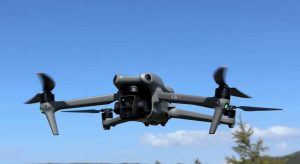
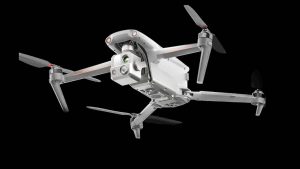


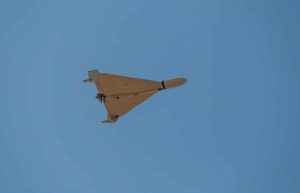
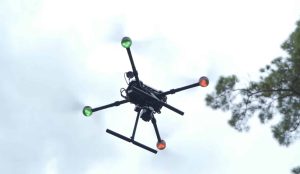
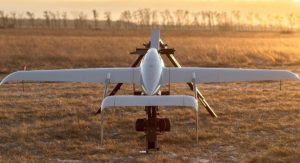
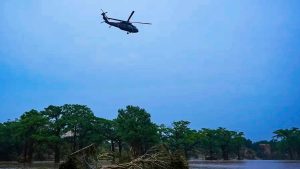

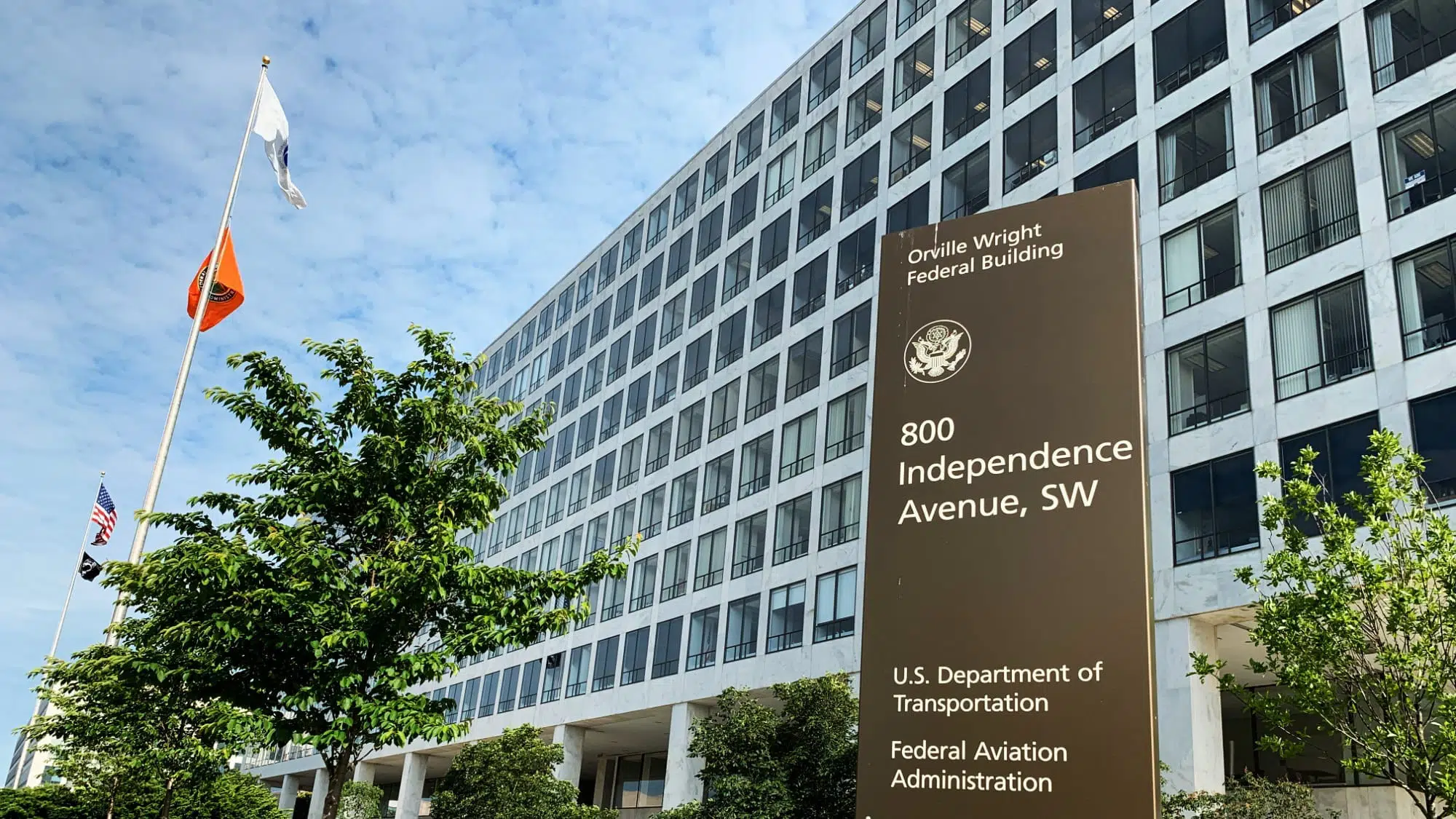

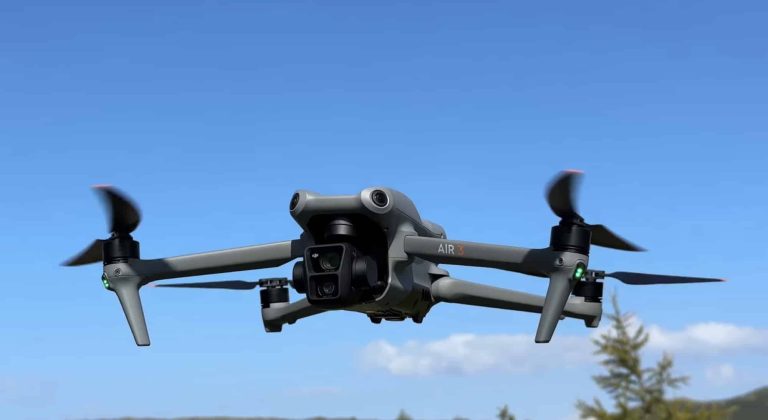
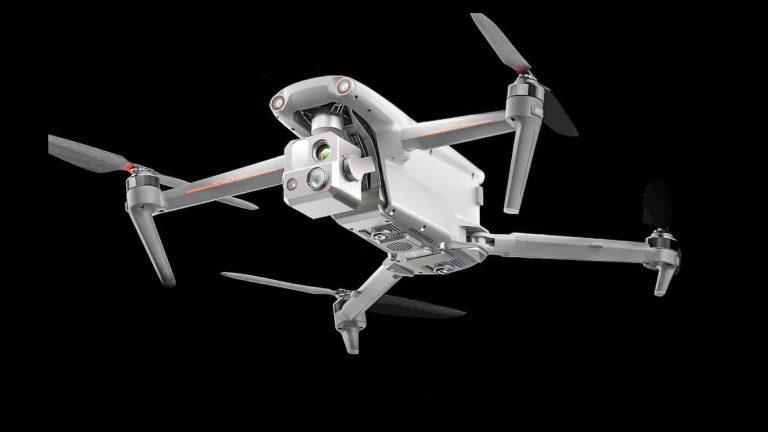
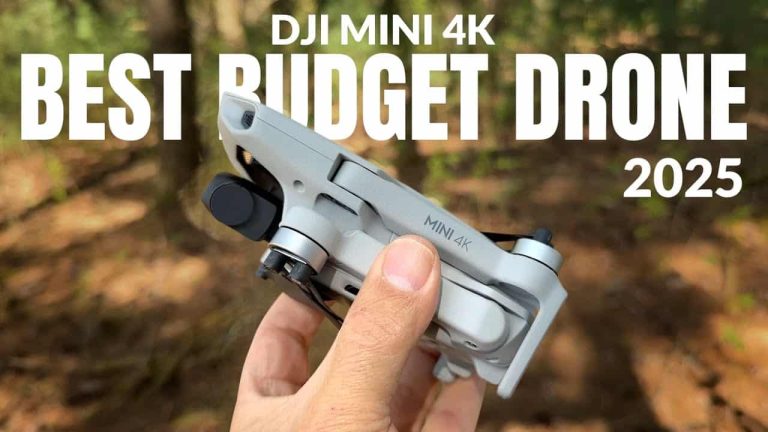
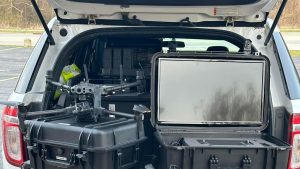
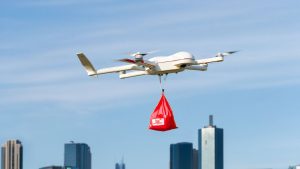

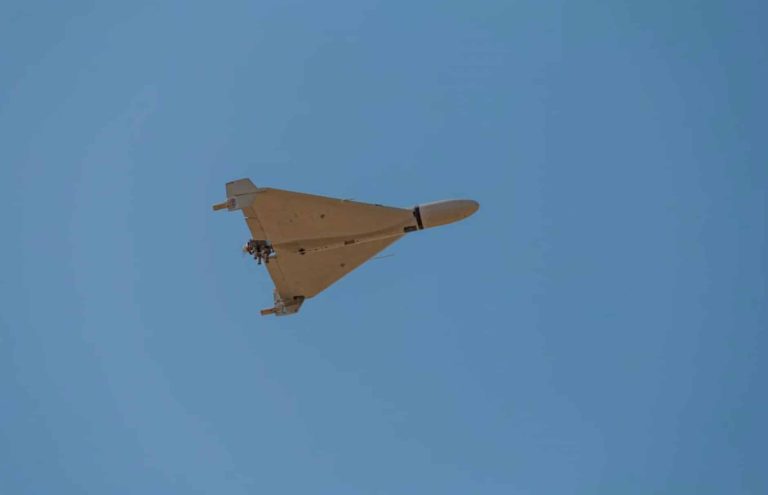
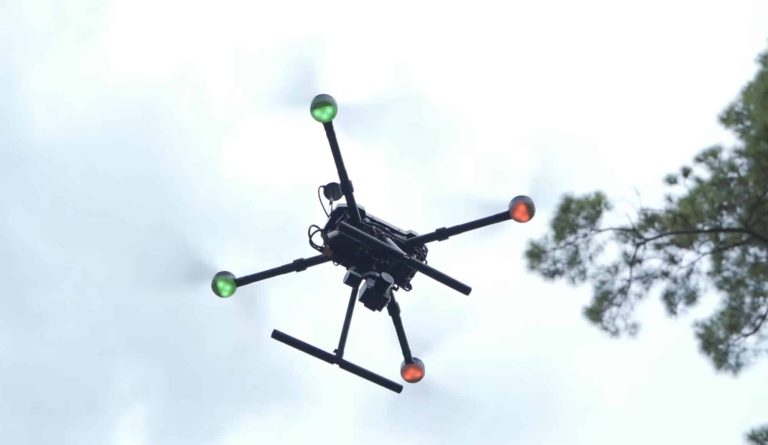
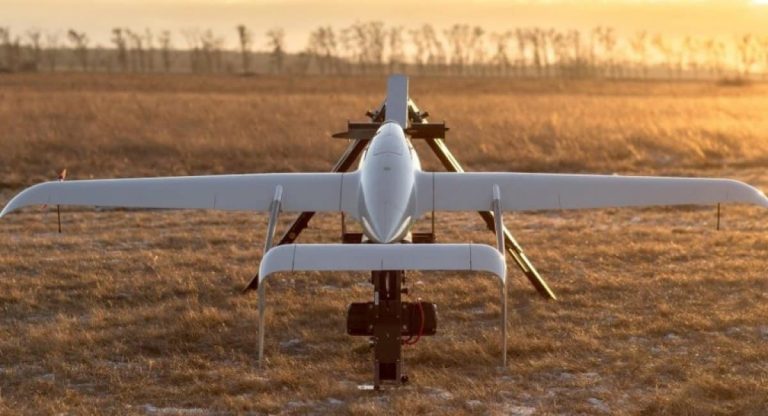
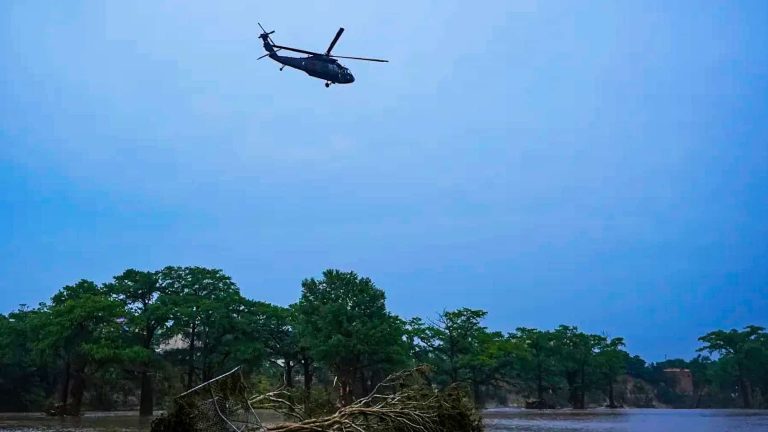
+ There are no comments
Add yours